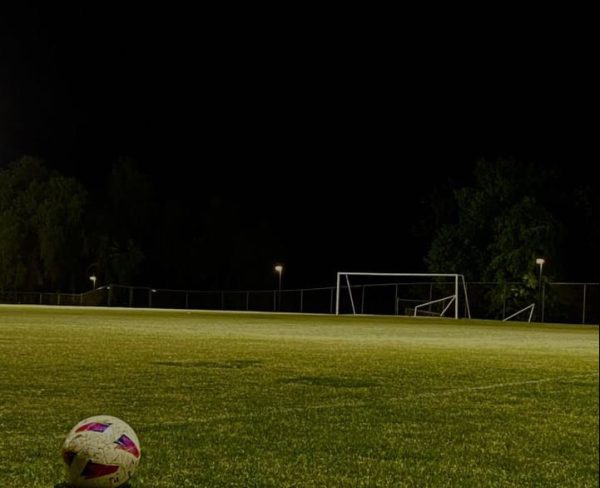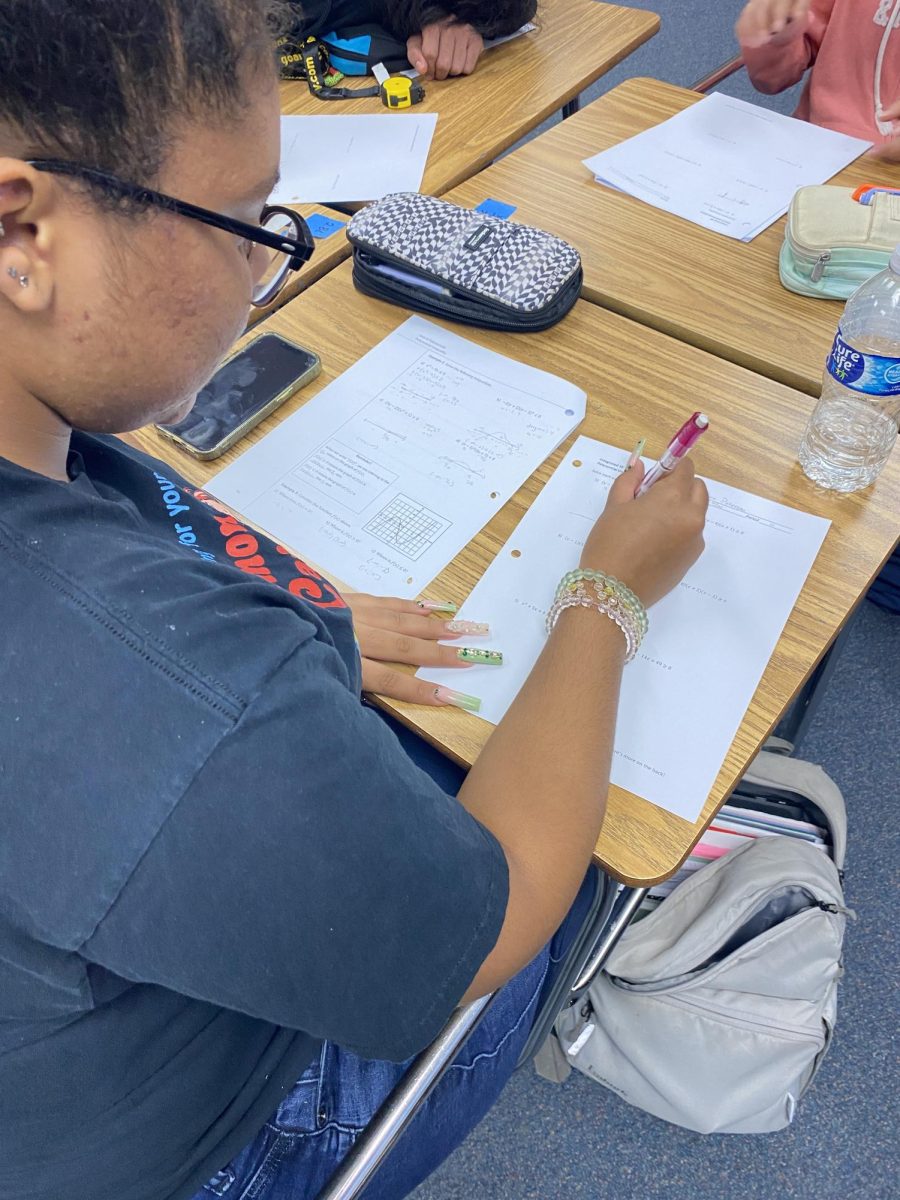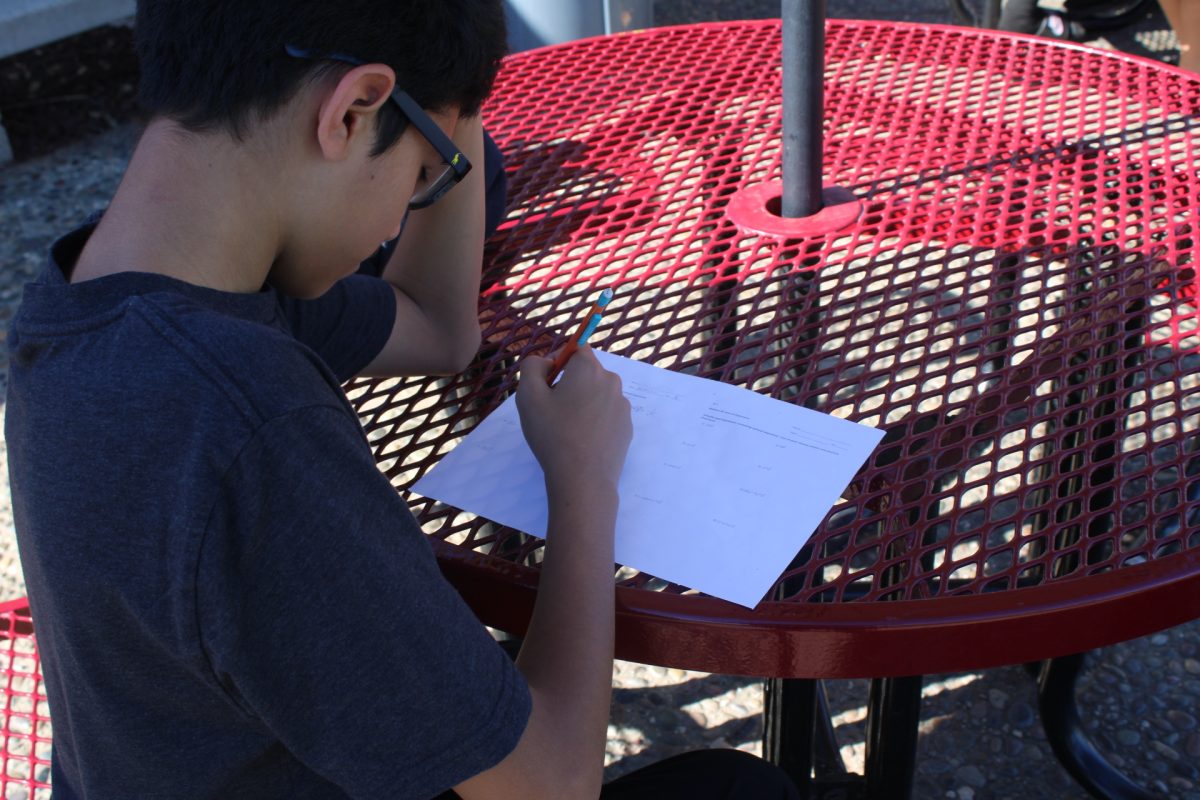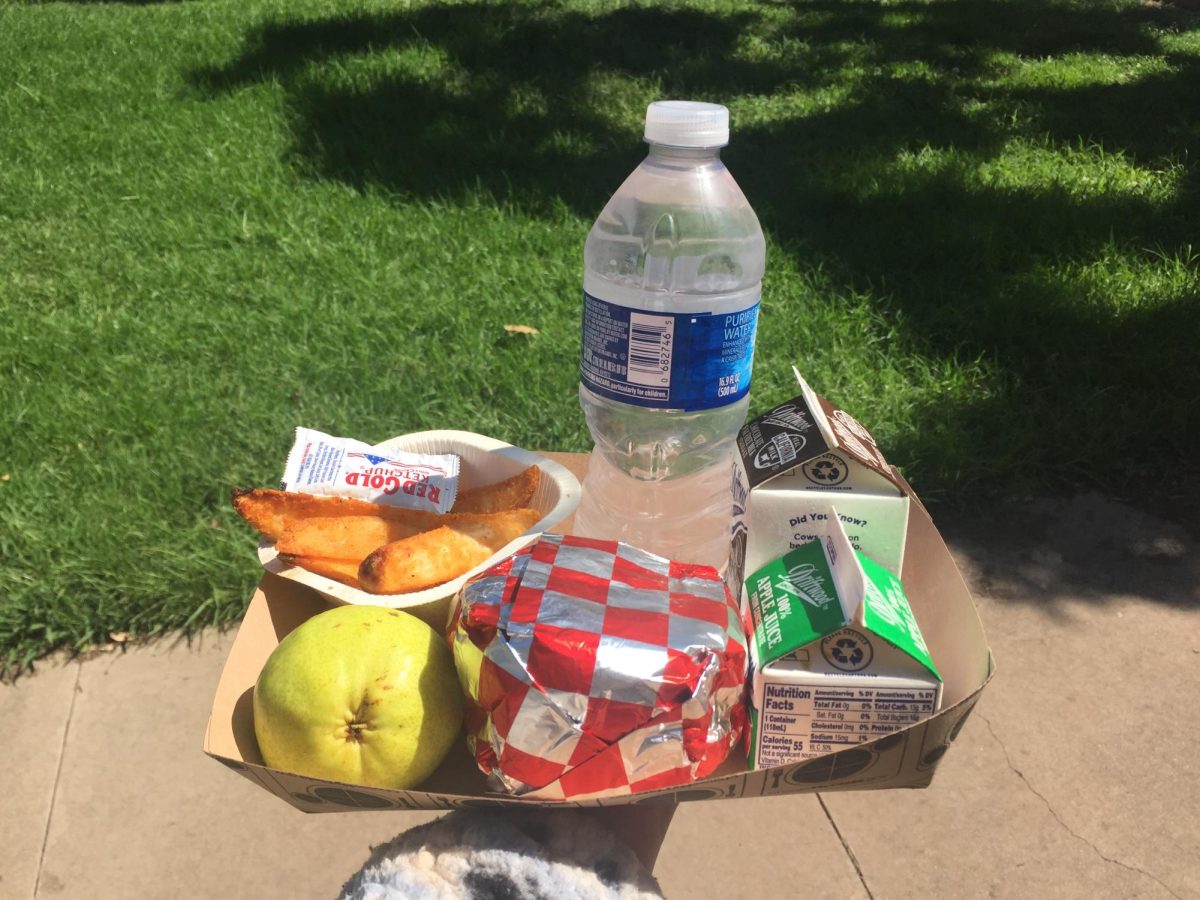On campus there is an active sports culture, with there being over 40 clubs and organizations such as sports and academic organizations for students to join according to the activities page on the schools website. This contributes to the campus however teenage participants are seeing the effects as many find themselves in a position where they sleep for less than eight hours, the required amount to maintain a healthy lifestyle. Students who are involved in school activities having an active lifestyle struggle to get an appropriate amount of sleep due to having an overwhelming amount of work and after school activities that interfere with their ability to get proper rest.
A large percentage of teenagers in high school are sleeping less as they become busier with extracurriculars, jobs, or resort to procrastination to alleviate pressure. According to Child Mind Institute, a nonprofit organization dedicated to helping children who struggle with mental health and learning disorders, teenagers need eight to ten hours of sleep each night to healthily develop, however about 70% of them don’t get near that amount.
Students, especially those who seek academic validation, often worry about completing assignments on time and meeting the expectations of their teachers, especially when the amount of work they have accumulates. This can be achieved by completing schoolwork but to do so students need to work outside of school. This causes students to “pull all-nighters,” which refers to them staying up all night.
“I’ve pulled many all-nighters, mainly for my English classes… Sometimes teachers underestimate the amount of work they actually give you,” said junior Cora Peterson.
Seeing students tired and unenergetic in class has made some teachers realize that some of the students who stay up at night working on homework don’t get enough recognition for their hard work.
“We don’t give our students enough credit, because some of them really like, try to make the deadlines and really try to get their work done. So a lot of them do that and stay up all night,” said architectural design teacher Justin Potts.
Along with students being academically ambitious, the school’s encouragement of them being involved in sports has motivated many to join on campus teams. The time commitment of after school games and practices contributes to some student athletes’ unhealthy sleep schedules. Even if this can be avoided, it often leads to cramming, limiting the amount of time available to get the amount of rest needed to succeed in sports and complete schoolwork.

Junior Roberto Zuniga has played club soccer at FC Man United for over five years and joined the school’s track team his sophomore year. During that time, Zuniga felt overwhelmed and tired as he attempted to manage his sports and assignments. He practiced from 3:30-9:30 or 10 p.m. for two sports daily which led to him sleeping less than eight hours every night. This unhealthy routine resulted in a decline in his grades.
“I began having late assignments and missing work due to missing class for track meets… For the days I had double practices I would sleep around four or five hours because I would stay up doing homework,” said Zuniga.
Along with on-campus factors, students are active outside of school, such as junior Brianna Valenzuela, who began working at Jump ‘n Jammin in April because she wants to be self-reliant. Valenzuela often has late shifts when she has to close at 8:30 p.m and it affects her sleep, which then impacts her performance at school the next day.
“I do wake up very tired and I’m never able to focus on school work when I am tired…even if I try to go to sleep early and try to get more sleep I can’t because of how late I usually fall asleep and that’s usually around 11 p.m. to 1 a.m.,” said Valenzuela.
As students place focus onto balancing their schedules, they often forget about the risks of sleep deprivation. According to the National Institutes of Health (NIH), the nation’s medical research center, not getting enough sleep can cause an increased risk of obesity, hypertension, diabetes, depression, stroke, or even a heart attack.
In response to students being tired in class, some teachers have opted to give them in class breaks when needed.
“I do give a lot of little breaks…in between because two hours is too long,” said Wellness Coordinator and peer counseling teacher Jennifer Sun.
Although teachers have tried to find solutions for this problem and often see students tired, they understand it is an ongoing problem that can only be fixed if worked upon. They know students’ schedules are a reflection of the work they put in to balance school and their health.
“It really is whether or not you’re going to use that time wisely. I think as long as they want to make that change, and they want to have a healthier habit or lifestyle, then they need to make that happen,” said Sun.
Although students have busy schedules outside of school, the amount of sleep they get is based on their effort to have healthy habits and prioritize their health. By making good choices to ensure a consistent sleep routine, students can improve their academic performance and daily functioning. Their unhealthy habits impede them from getting necessary rest and affect their journey to success.








